Table of content
Crispy shrimp is a beloved dish that transcends culinary boundaries, appearing on menus from Asian street food stalls to upscale Western restaurants. Its appeal lies in the contrast between the tender, juicy interior of the shrimp and the golden, crunchy exterior. Achieving this texture balance requires precision, the right ingredients, and a understanding of cooking techniques. This article will delve into the intricacies of preparing crispy shrimp at home, covering everything from ingredient selection to advanced cooking methods. Whether you’re a novice cook or a seasoned home chef, this guide will equip you with the knowledge to create shrimp that shatters with each bite.
The Science Behind Crispy Shrimp
Before diving into recipes, it’s essential to grasp the science behind achieving crispiness. When shrimp is fried or baked, the coating undergoes a process called Maillard reaction, where sugars and amino acids react under high heat, creating a brown, flavorful crust. Additionally, moisture control is critical. Excess moisture in the shrimp or coating can lead to sogginess, while too little can result in a dry, tough texture. Balancing these factors ensures a crisp, light coating that adheres perfectly to the shrimp.

Ingredients and Tools You’ll Need
To make crispy shrimp, gather the following:
- Shrimp: Fresh or frozen, peeled and deveined. Size matters—large or jumbo shrimp (16/20 or 21/25 count per pound) work best for even cooking.
- Coating Mix: A combination of flour (all-purpose or rice flour for gluten-free options), cornstarch, baking powder (for lift), and spices.
- Liquid Binder: Buttermilk, egg whites, or club soda to create a batter that clings to the shrimp.
- Oil: Neutral oils like vegetable, canola, or peanut oil with high smoke points for deep-frying.
- Seasonings: Salt, pepper, garlic powder, paprika, or cayenne for flavor.
- Tools: Deep fryer, heavy-bottomed pot, or skillet; tongs; slotted spoon; paper towels; and a cooling rack.
Step-by-Step Preparation
Preparing the Shrimp
- Thawing: If using frozen shrimp, thaw them in the refrigerator overnight or under cold running water. Avoid microwave thawing, as it can make the shrimp mushy.
- Peeling and Deveining: Remove the shells, leaving the tails intact for presentation. Use a paring knife to make a shallow cut along the back and extract the dark vein (digestive tract). Rinse under cold water.
- Drying: Pat the shrimp thoroughly with paper towels. Excess moisture will cause the coating to steam instead of crisp.
Creating the Coating
The coating is the heart of crispy shrimp. Experiment with these variations:
-
Classic Batter:
- 1 cup all-purpose flour
- ¼ cup cornstarch (adds crispiness)
- 1 tsp baking powder (creates airiness)
- 1 tsp salt
- ½ tsp black pepper
- 1 cup ice-cold seltzer water or beer (for effervescence)
- Whisk dry ingredients, then gradually add the liquid until smooth.
-
Dry Coating (Panko Style):
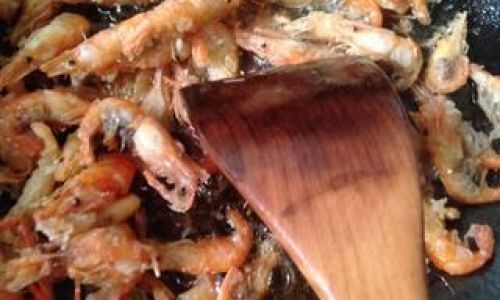
- 1 cup panko breadcrumbs (Japanese-style for extra crunch)
- ½ cup cornstarch
- 1 tsp garlic powder
- 1 tsp smoked paprika
- Mix ingredients and coat shrimp by dredging in cornstarch, then egg wash, then panko.
Frying Techniques
-
Deep-Frying:
- Heat oil to 350–375°F (175–190°C). Use a thermometer to maintain temperature.
- Dip shrimp in batter, let excess drip off, and lower gently into the oil. Fry in batches to avoid overcrowding, which lowers oil temperature.
- Cook for 2–3 minutes until golden. Drain on a rack (not paper towels, which trap steam).
-
Air-Frying (Healthier Alternative):
- Preheat air fryer to 400°F (200°C).
- Toss shrimp in a light coating of oil and seasoning. Arrange in a single layer.
- Cook 6–8 minutes, flipping halfway. Result is less greasy but still crisp.
Advanced Tips for Perfection
- Double Coating: For ultra-crispy shrimp, use a “triple dip” method: flour → egg → flour → egg → breadcrumbs.
- Cornstarch Secret: Adding cornstarch to the batter reduces gluten formation, ensuring a lighter crust.
- Resting Time: After coating, let shrimp rest 10 minutes before frying. This helps the coating adhere better.
- Seasoning Timing: Salt the shrimp after frying, as salt draws out moisture and can soften the coating.
Troubleshooting Common Issues
-
Soggy Coating:
- Cause: Oil temperature too low, shrimp overcrowded, or coating too thick.
- Fix: Use a thermometer, fry in small batches, and ensure excess batter is shaken off.
-
Burnt Exterior, Raw Interior:
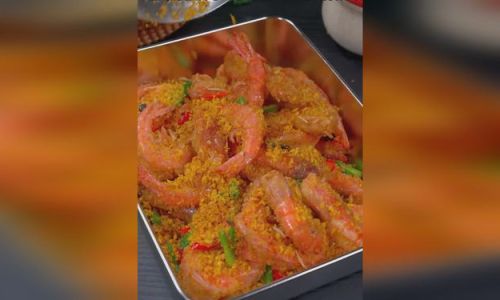
- Cause: Oil too hot or shrimp too large.
- Fix: Reduce heat slightly and ensure shrimp are uniform in size.
-
Coating Falling Off:
- Cause: Shrimp not dried properly or batter too wet.
- Fix: Pat shrimp dry and adjust batter consistency.
Flavor Variations and Dipping Sauces
Crispy shrimp’s versatility shines when paired with global flavors:
- Spicy Szechuan Style: Toss fried shrimp in a mixture of chili oil, garlic, and Szechuan peppercorns.
- Coconut Lime: Coat shrimp in shredded coconut and lime zest before frying. Serve with mango chutney.
- Bang Bang Sauce: Combine mayonnaise, sweet chili sauce, and Sriracha for a creamy-spicy dip.
- Lemon Herb: Toss shrimp in melted butter, lemon zest, and fresh parsley post-frying.
Serving Suggestions
Crispy shrimp can be the star of a meal or a component of a larger dish:
- Appetizer: Serve with cocktail sauce or a tangy aioli.
- Main Course: Pair with fried rice, noodles, or a crisp salad.
- Tacos: Fill corn tortillas with shrimp, slaw, and avocado crema.
- Salads: Top greens with shrimp, cherry tomatoes, and avocado.
Healthier Alternatives
For those seeking lighter options:
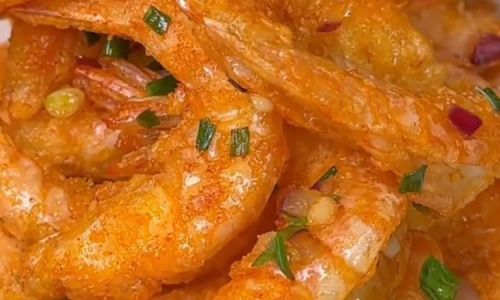
- Baking: Coat shrimp in panko and bake at 425°F (220°C) for 10–12 minutes.
- Grilling: Skewer shrimp and grill over medium heat for 2–3 minutes per side.
- Oven-Frying: Use minimal oil and bake on a wire rack to mimic frying.
The Role of Oil Quality
Oil choice significantly impacts flavor and crispiness. Refined oils like peanut or safflower have neutral tastes, while coconut oil adds a subtle sweetness. Avoid olive oil for frying, as its low smoke point can lead to burnt flavors.
Storage and Reheating
Crispy shrimp is best enjoyed immediately, but leftovers can be stored:
- Refrigerator: Place in an airtight container for up to 2 days. Reheat in a 350°F (175°C) oven for 5–7 minutes to restore crispness.
- Freezer: Freeze uncooked, coated shrimp on a baking sheet, then transfer to a freezer bag. Fry directly from frozen, adding 1–2 minutes to cooking time.
Cultural Significance of Crispy Shrimp
Crispy shrimp dishes appear in cuisines worldwide:
- China: Prawn toast features shrimp paste on fried bread.
- Japan: Ebi furai (fried shrimp) is a bento box staple.
- USA: Southern-style popcorn shrimp is a classic appetizer.
- Mexico: Camarones al mojo de ajo are garlic-butter shrimp with a crispy edge.
Conclusion
Making perfectly crispy shrimp is an art that blends technique, ingredients, and creativity. By mastering the balance of moisture, heat, and seasoning, you can elevate this dish from ordinary to extraordinary. Whether you prefer deep-fried indulgence or air-fried lightness, the key lies in patience and practice. Experiment with coatings, spices, and sauces to tailor the recipe to your taste. Soon, you’ll be serving shrimp that rivals any restaurant—crispy, flavorful, and utterly irresistible.
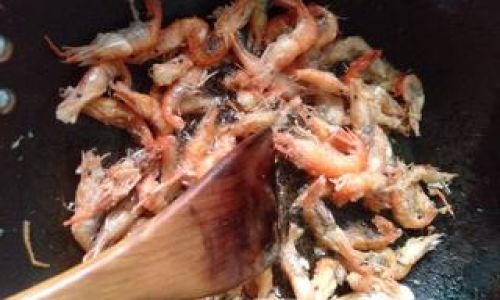
So, grab your apron, heat the oil, and embark on a culinary adventure. Your journey to shrimp perfection starts now.
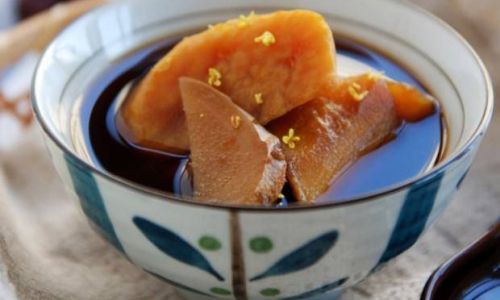
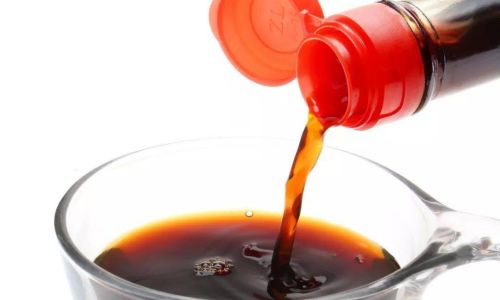
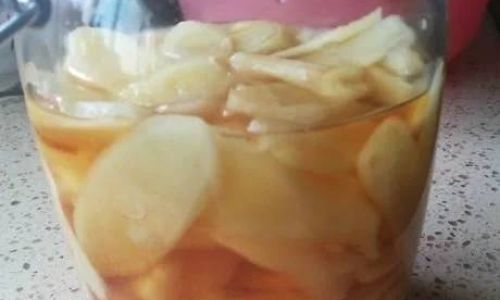
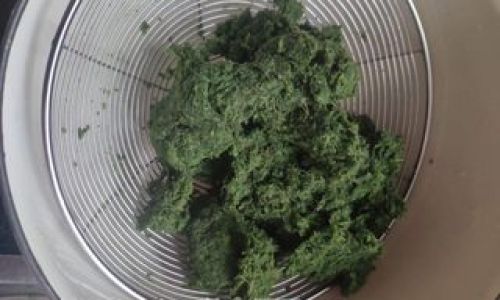
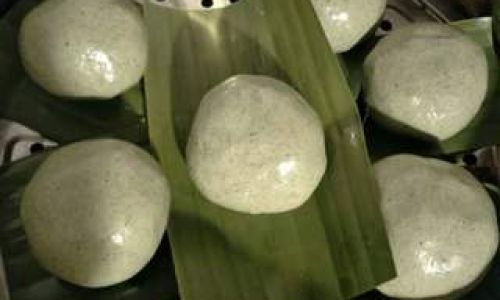
0 comments